Who doesn’t like it bubbly? Imagine sipping on pale straw coloured (Very often!) drink, brought to life by thousands of dancing bubbles, offering fruity characters! Celebratory occasions are incomplete without a sparkling wine, and so is every wine lover’s life. You may have noticed the words traditional method or méthode traditionnelle on your favourite bottle of sparkling wine. Today, we will discuss this traditional method of making sparkling wines, as it is used for producing Champagne in France. Let us also add before discussing the actual process that it is the lengthiest, costliest and most labour-intensive of all methods of crafting sparkling wine.
Steps for Producing Sparkling Wine Traditionally
- Base Wine/Cuvée – Grapes for sparkling wine are generally harvested a little early, to get the fruit with more pronounced acidity. The first fermentation takes place the same way as it is for any wine – the natural sugar in the juice is converted into alcohol. The result is a dry wine. This base wine is too tart because of the acidity. It is blended with base wines from different vineyards or even different years (in case of ‘NV’ or non-vintage wines), to create what the French call Cuvée. This is the final blend that would be used for the sparkling wine.
- Liqueur de tirage & bottling – The final blend or Cuvée is combined with a syrupy mix of yeast and a bit of sugar, known as liqueur de tirage, to result in a second fermentation. (Yeast feeds off sugar.) The wine is then bottled and secured with crown caps or temporary plugs.
- Second Fermentation – Now that the wine has been introduced with tirage, bottled and in the cellar, it’s all set to undergo fermentation for the second time. Since the wine is bottled and sealed this time around though, unlike the first fermentation, the resultant carbon dioxide is unable to escape and carbonates the wine instead. Producing about 1.3% more alcohol, the yeast eventually dies, though still staying in the bottle. This yeast residue is what we call as lees.
- Aging – The wine next ages on the lees or the dead yeast. This aging imparts a better texture to the wine. The amount of time the wine ages depends on the type of wine that is being developed. Cava needs to be fermented for at least 9 months. Similarly, NV Champagne requires a minimum of 15 months and vintage Champagne needs 36 months. Regardless, winemakers believe that the longer a wine ages on lees, the better its texture turns out to be.
- Riddling – The wine has finally aged but still contains lees, which must be discarded. For this purpose, the bottles undergo a process known as riddling. Essentially, the bottles are moved to special racks, called pupitres, and set upside down. The yeast residue collects in the neck of the bottle.
- Disgorging – In order to remove the yeast sediment, the necks of bottles are dipped into a freezing liquid. As the result, a small amount of liquid in the neck freezes along with the lees. The crown caps are then removed momentarily, and the frozen chunk shoots out of the pressurised bottles.
- Dosage – Since the bottles have by now lost some wine in addition to the unwanted lees, they are instead filled with wine and a little sugar. (The role of the sugar is to balance out the acidity.) This mix is known as liqueur d'expédition or exposition liqueur.
- Corking & labelling – The bottles are finally corked and labelled!
So, the next time you pick up a bottle of bubbly that says ‘traditional method’, you know what the manufacturer really means by it! Cheers!

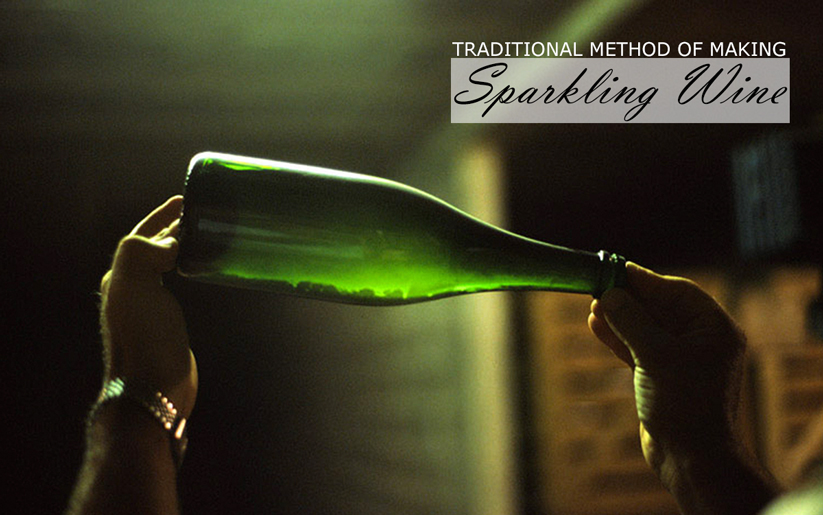

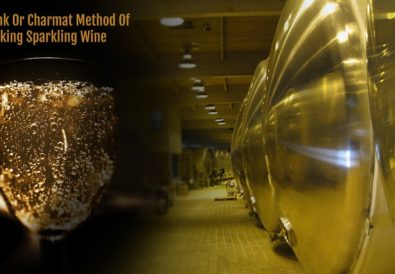
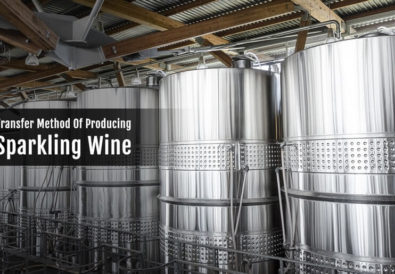
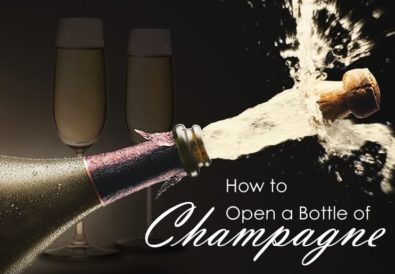

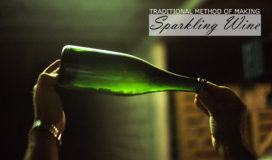

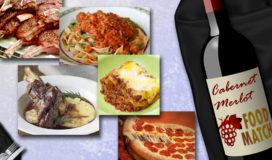
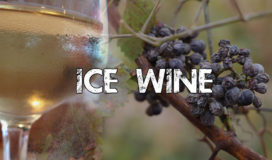


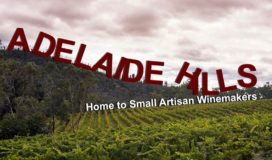
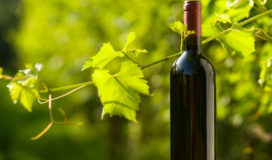
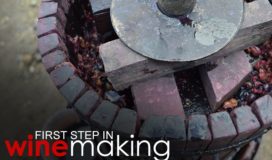
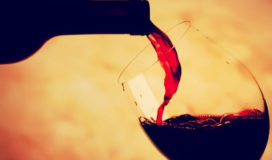
Pingback: Tank or Charmat Method of Producing Sparkling Wine | All About Wines and Wineries of Australia - Get Wined!
Pingback: Transfer Method Of Producing Sparkling Wine | All About Wines and Wineries of Australia - Get Wined!
Pingback: The Difference Between Sparkling Wines & Semi-Sparkling Wines | All About Wines and Wineries of Australia - Get Wined!
Pingback: Old World vs New World Wines: Exploring the Contrasts | All About Australian Wines & Wineries | Just Wine Blog
Pingback: Guide to Styles of Champagne - Champagne Baby